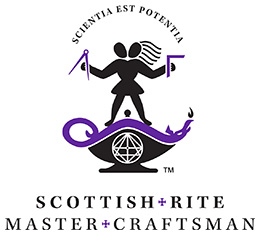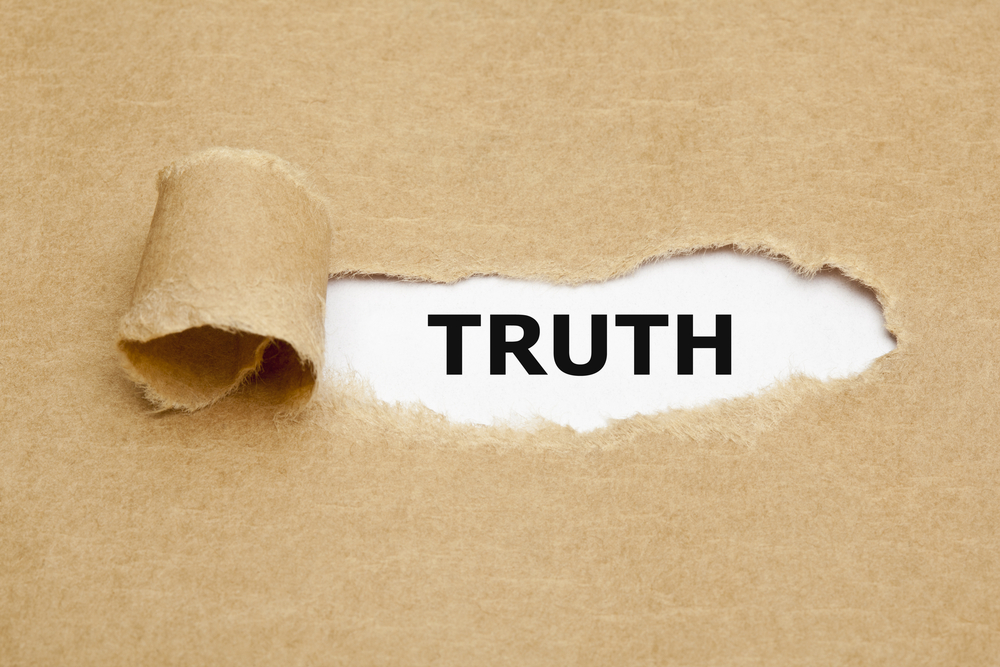by Midnight Freemason Contributor
Steven L. Harrison, 33°, FMLR
I was working on installing a system in a large metropolitan bank's safekeeping department. The executive offices there were glass-walled and I saw a group inside one standing around something a customer had brought in for storage. I went over for a closer look and saw they were inspecting a violin — a Stradivarius violin. To date myself, this was back when employees could smoke in offices; and there stood one of the execs leaning over the priceless instrument with a lit cigarette hanging out of his mouth. Not only that, the butt had a long trail of ashes on the front which, predictably, dropped onto the violin. He brushed the ashes off and the gang continued gawking. I was stunned they could treat such an incredible piece so carelessly.
Over the years I've had occasion to see some pretty significant Masonic memorabilia. Many times when I've had "hands-on" access I think of that little scenario in the bank and remind myself to take the utmost care with the item.
I've seen many such items at the Truman Library in Independence, Missouri. The staff there "bends over backwards" to dig out documents and artifacts for researchers. White gloves are the order of the day as researchers go through the precious treasure trove of Brother Truman's life.
On one occasion I was there researching the well-documented account of the President's visit to Beech Grove Lodge in Indiana. While on his Whistle-Stop tour in 1948, Truman evaded the press and much of his traveling party to attend a meeting at that Lodge and raise a Brother who worked for him. At the close of the meeting he asked if he could keep the apron he had worn as a souvenir.
As the staff at the Truman Library gathered items relating to that visit, one of the artifacts turned out to be that apron. I was mesmerized as I looked at it. I felt as if I was in the presence of the President himself. Unable to resist, I broke one of the Library's rules. I slipped off my glove and…
I touched it.
I probably shouldn't have done it, but something inside me just wanted that connection with the historic apron. I don't think I hurt it at all. It didn't seem the same as dumping a pile of cremated tobacco onto a Stradivarius. What's more, I'm not sorry. I would do it again — guilty as charged. I didn't do it maliciously.
I did it out of respect
~SLH
As the staff at the Truman Library gathered items relating to that visit, one of the artifacts turned out to be that apron. I was mesmerized as I looked at it. I felt as if I was in the presence of the President himself. Unable to resist, I broke one of the Library's rules. I slipped off my glove and…
I touched it.
I probably shouldn't have done it, but something inside me just wanted that connection with the historic apron. I don't think I hurt it at all. It didn't seem the same as dumping a pile of cremated tobacco onto a Stradivarius. What's more, I'm not sorry. I would do it again — guilty as charged. I didn't do it maliciously.
I did it out of respect
~SLH
Bro. Steve Harrison, 33° , is Past Master of Liberty Lodge #31, Liberty, Missouri. He is also a Fellow and Past Master of the Missouri Lodge of Research. Among his other Masonic memberships are the St. Joseph Missouri Valley of the Scottish Rite, Liberty York Rite bodies, and Moila Shrine. He is also a member and Past Dean of the DeMolay Legion of Honor. Brother Harrison is a regular contributor to the Midnight Freemasons blog as well as several other Masonic publications. Brother Steve was Editor of the Missouri Freemason magazine for a decade and is a regular contributor to the Whence Came You podcast. Born in Indiana, he has a Master's Degree from Indiana University and is retired from a 35 year career in information technology. Steve and his wife Carolyn reside in northwest Missouri. He is the author of dozens of magazine articles and three books: Freemasonry Crosses the Mississippi, Freemasons — Tales From the Craft and Freemasons at Oak Island.












